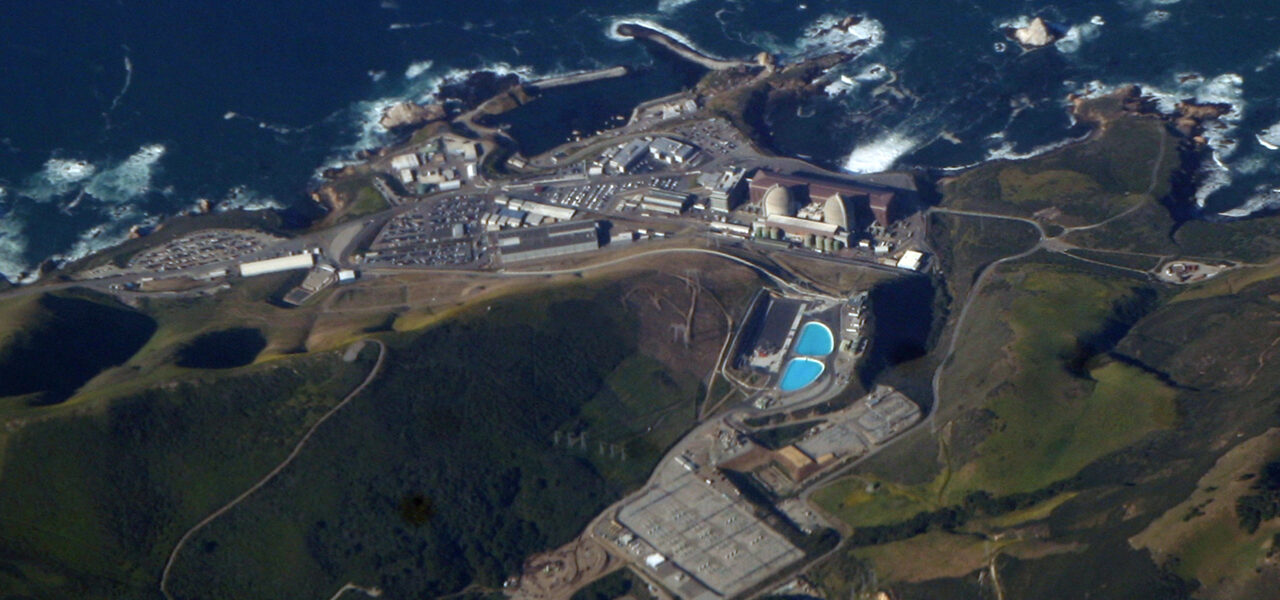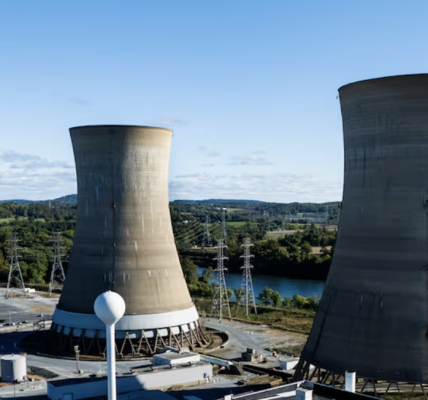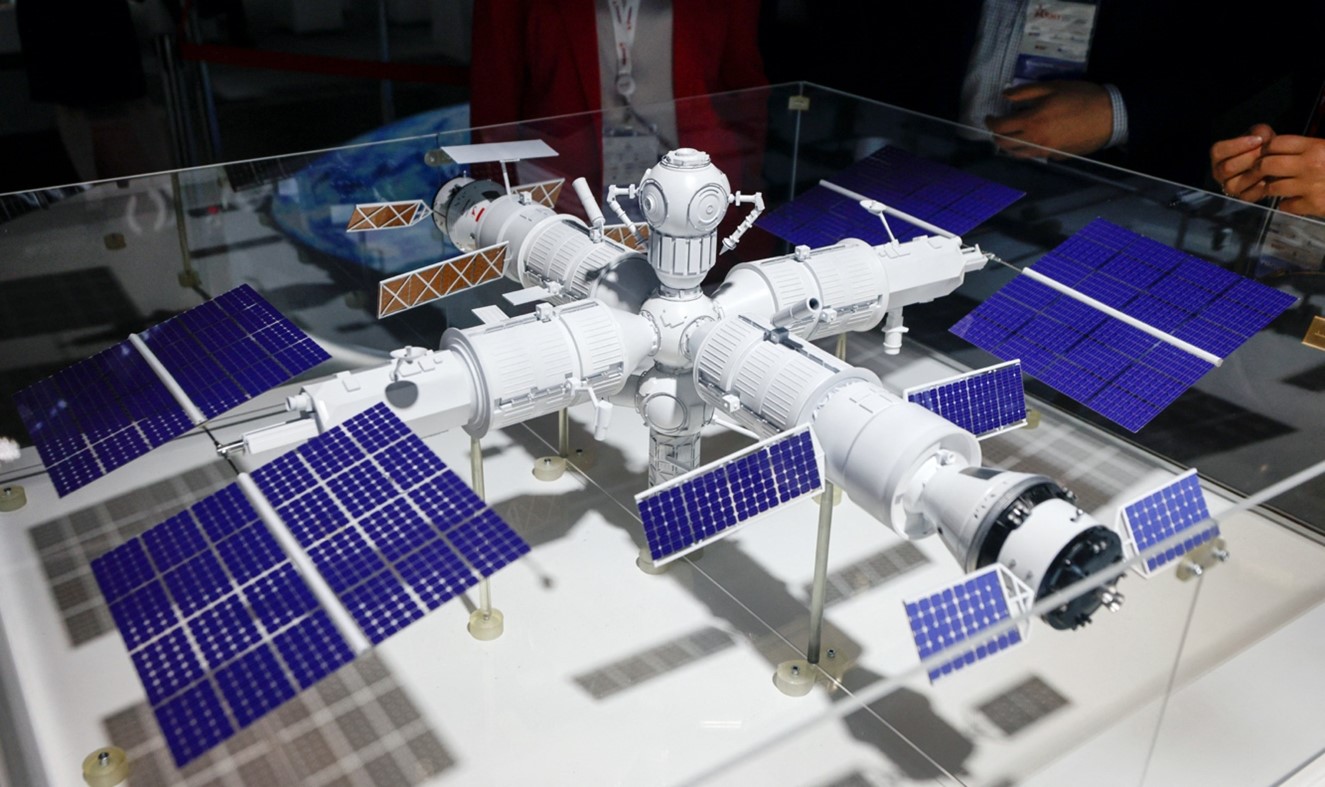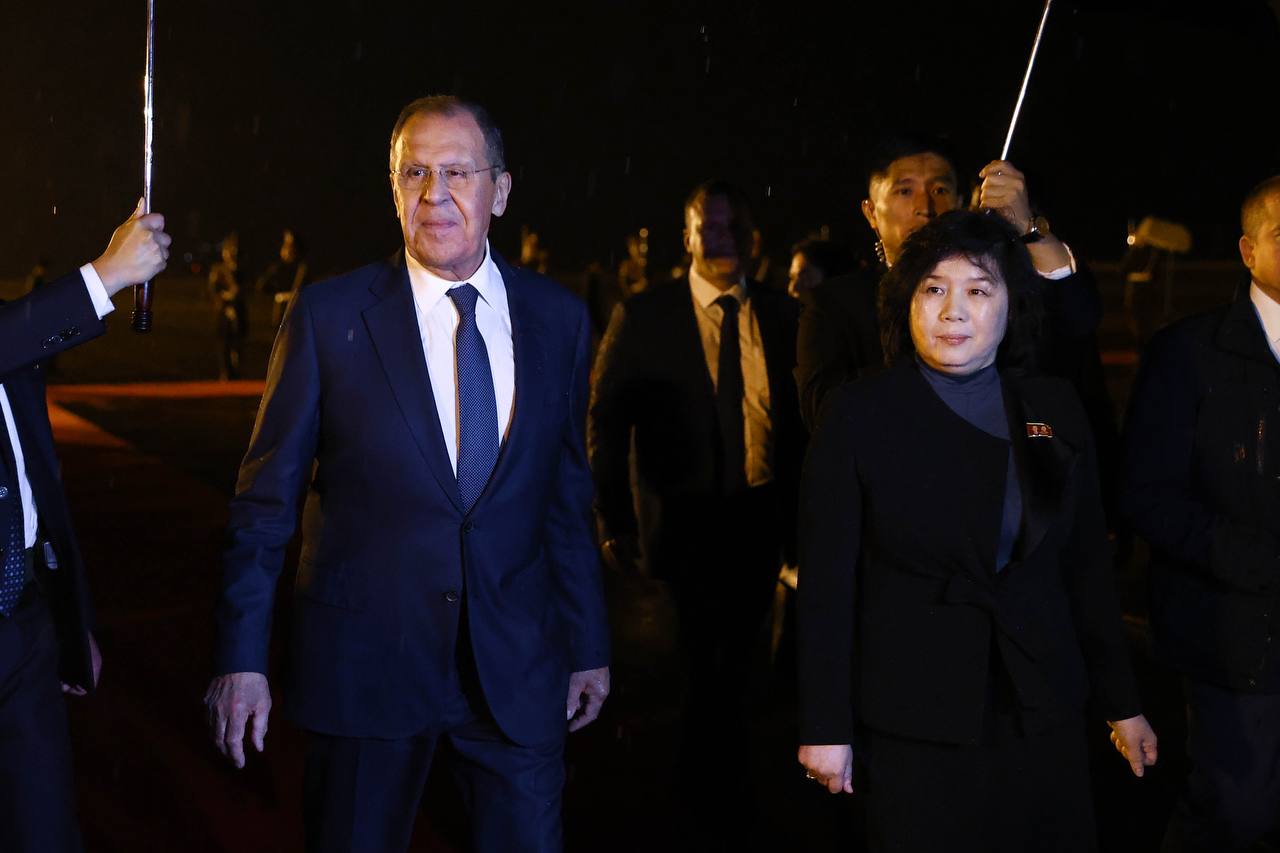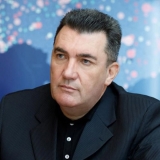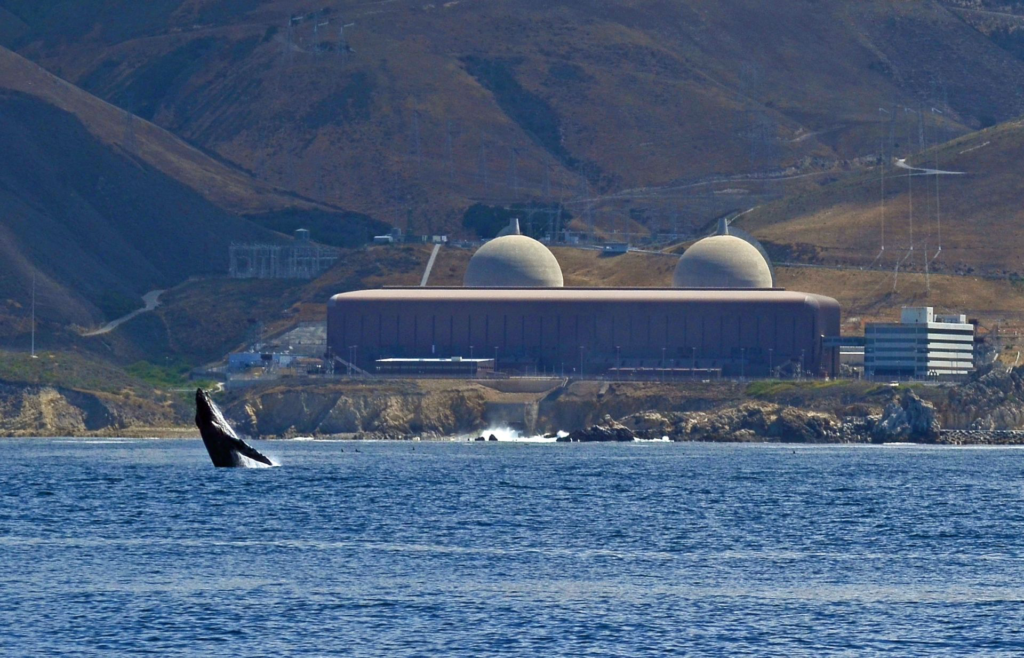
California’s last remaining nuclear energy plant is harnessing artificial intelligence to make its processes more efficient.
AI computer systems have been installed to help navigate billions of pages of documents required to manage nuclear facilities under US federal law.
The Diablo Canyon nuclear facility, located in San Luis Obispo on California’s central coast, has been in decline for years and is slated to begin decommissioning in 2029.
However, the plant remains critically important in California’s energy mix, providing nearly nine per cent of the state’s electricity and 17 per cent of its zero-carbon energy.
Last year, the nuclear power plant installed eight NVIDIA H100s – among the most advanced graphical AI processors ever created.
The installation was the result of a deal between Pacific Gas & Electric (PG&E), which operates the plant, and a local AI start-up called Atomic Canyon.
The aim is for the AI processors to assist the plant in navigating intensive documentation processes that often bog down nuclear power ventures.
“Federal and state regulations require utilities that operate nuclear power plants to manage billions of pages of technical documentation, which are spread across multiple systems,” PG&E said in a statement.
“Power plant personnel must spend both time and resources to retrieve this essential data accurately and reliably.”
PG&E hopes that its cutting-edge approach, which has the potential to reduce document search times from hours to minutes, will revolutionise this process and enhance nuclear power plant operations.
Maureen Zawalick, Vice President of Business and Technical Services at Diablo Canyon Power Plant, said in a statement: “As the first nuclear power plant to implement Neutron Enterprise using the NVIDIA platform, we’re proud to lead the way in bringing cutting-edge innovation to our operations.
“Atomic Canyon’s AI solutions will enable faster data retrieval, boosting collaboration and ensuring continued safe, but more efficient operations. Accessing critical information in seconds will let us focus on what truly matters—delivering reliable clean energy safely and affordably.”
However, lawmakers have raised concerns about what the introduction of artificial intelligence into nuclear power production could mean for the future, and are pushing for more robust safeguards.
Under the Trump administration, such parameters may not be forthcoming. Trump has already walked back a Biden-era executive order outlining goals for AI regulation, which the current administration views as anti-innovation.
While the use of AI for document retrieval poses minimal risk, concerns remain about what could follow.
“The idea that you could just use generative AI for one specific kind of task at the nuclear power plant and then call it a day—I don’t really trust that it would stop there,” said Tamara Kneese, Director of the Climate, Technology, and Justice programme at the tech policy non-profit Data & Society, in comments reported by CalMatters.
“And trusting PG&E to safely use generative AI in a nuclear setting is something that is deserving of more scrutiny.”
Nuclear energy and AI have become increasingly intertwined, as the energy demands of data centres threaten domestic energy security and Silicon Valley’s decarbonisation goals. Tech leaders such as Bill Gates and Sam Altman have increasingly promoted nuclear energy as a carbon-free solution to meeting AI’s rapidly growing energy demand. They have even envisioned a symbiotic relationship between nuclear and AI, where machine learning could help plan and design more efficient, cost-effective next-generation power plants.
The US Department of Energy recently identified 16 federal sites that are “uniquely positioned for rapid data centre construction”, including in-place energy infrastructure with the capacity to fast-track permitting for new energy generation such as nuclear.

